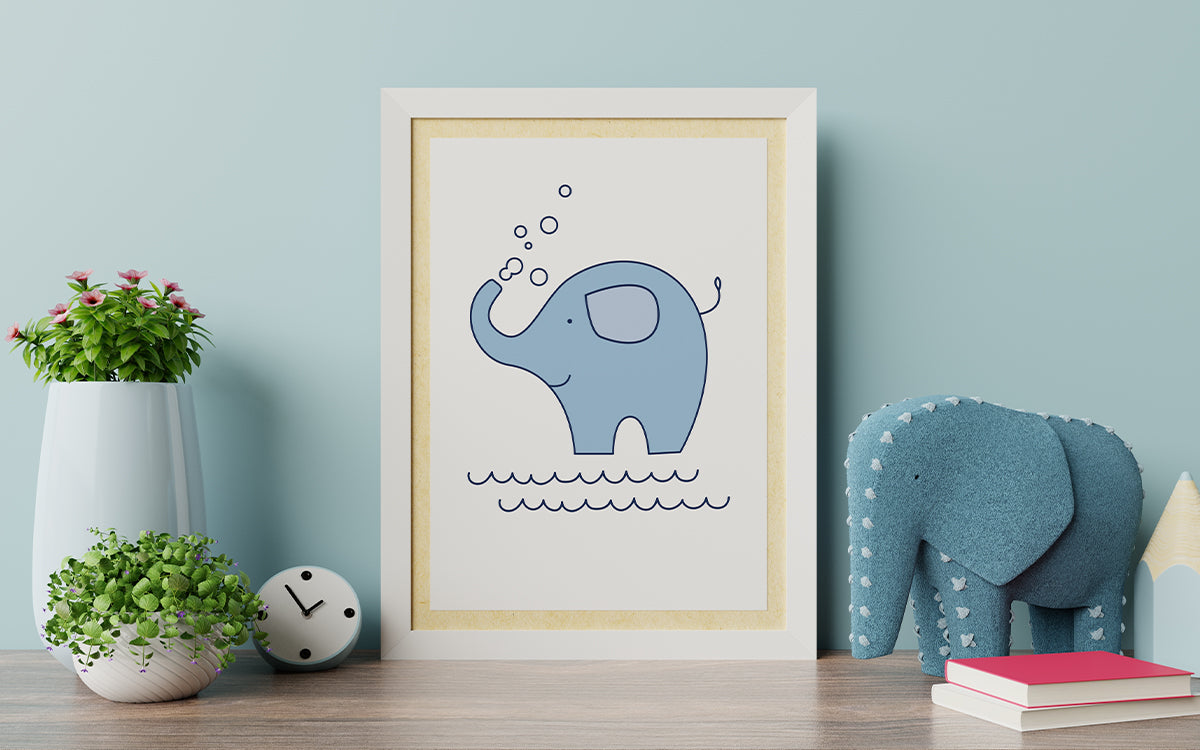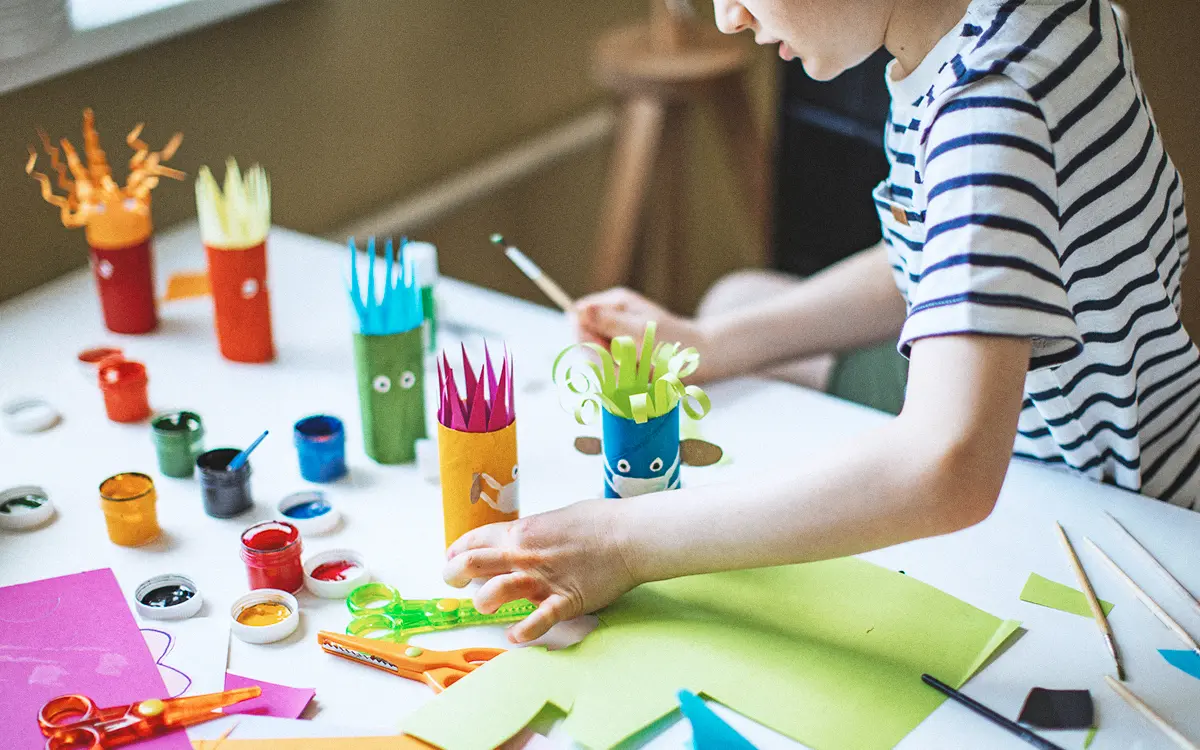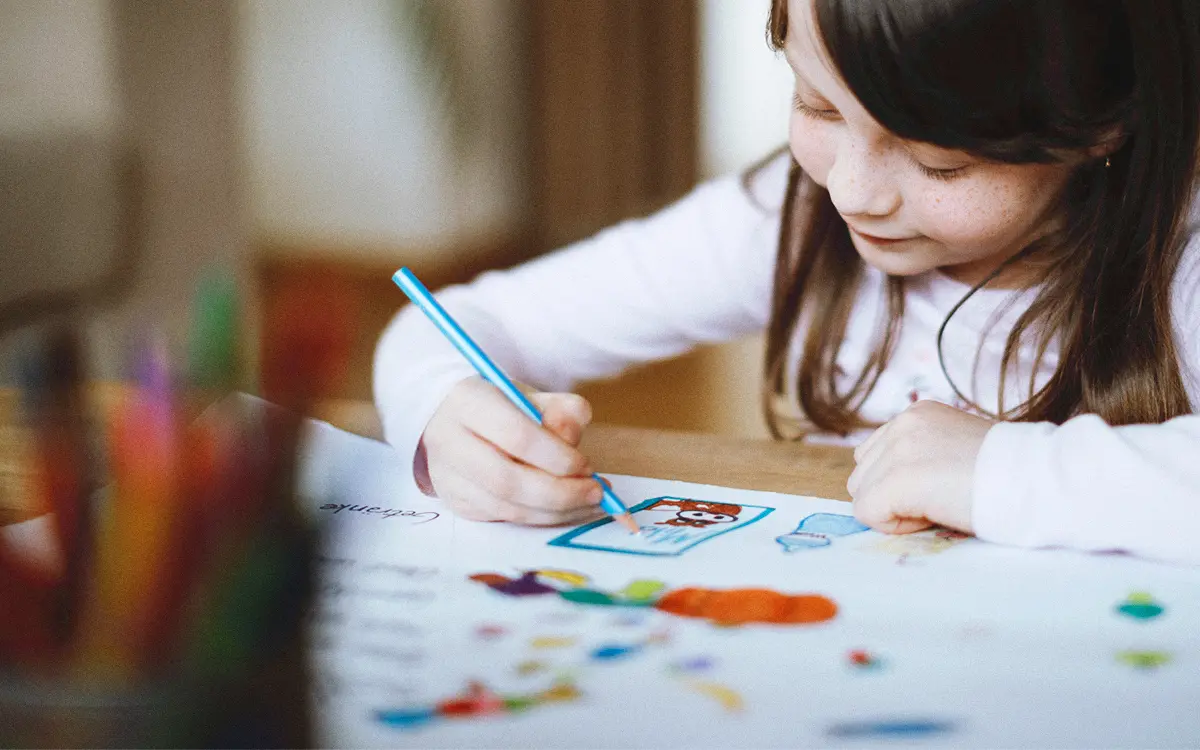Children are naturally very curious and often ask a lot of questions that often surprise their parents – and they don't always have the answer ready. Even when bathing, these little explorers expect a variety of information from mom and dad. Why does foam crackle and why does the skin on hands and feet wrinkle in water? Before parents go overboard with these questions, Bübchen helps them answer particularly tricky children's questions, which usually require complex physical explanations, in a simplified and clear way.
WHY DOES THE SKIN ON HANDS AND FEET WRINKLE
Because we use our hands and feet so often, we have thicker skin there than on other parts of our body. We call this callus, and you can imagine it like a particularly thick wall. When we bathe, the topmost skin cells (the bricks of the wall) absorb water, causing them to expand. As they grow larger, they require more space and no longer fit together as well – the skin then wrinkles and looks wrinkly to us. As soon as we dry out again, the skin cells release the water and shrink. Now all the cells have enough space, and the skin looks as smooth as before.
WHY DOES THE BOAT FLOAT ON THE WATER AND NOT SINS?
If you throw a marble into the bathwater, it sinks straight away. If you put a bathing ship in the water, however, it floats. Why is that? The difference between these two objects is that the marble has no hollow space, but the ship does. This space is filled with air, which is very light. The water can therefore "support" the ship, so it doesn't sink. The marble, on the other hand, may be smaller, but it is heavier in relation to its size. The water is not strong enough to support its weight, so to speak, and so it sinks. If the boat had a hole in it, it would sink too, because the water flowing in would make it heavier. This is also why real ships sink when they spring a leak at sea.

WHY CAN'T I SEE MYSELF REFLECTED IN THE BATHWATER?
To see your reflection in the water, the surface needs to be very dark and the water still, like in a puddle. When sunlight shines on the water, the individual rays transform it into a kind of mirror, allowing you to see yourself in the puddle. Unfortunately, this doesn't work in white bathtubs. If splashing in the water creates movement, it becomes even more difficult to see your reflection.
WHY DO RUBBER DUCKS SQUEAK?
The rubber duck – a must-have for every child in the bathtub! The high-pitched squeaking, which sounds rather unpleasant to most parents, is great fun for children. But how does this high-pitched sound come about? It's quite simple: these popular bathtub companions are hollow inside and filled with air. When the duck is squeezed, the air can only escape through a small valve on the underside. The high-pressure air is forced through a small opening, creating air turbulence, which we perceive as a squeaking sound. Similar to the sound we hear when we purse our lips and whistle. The first rubber duck was named Ernie after Ernie from Sesame Street.
WHY DOES FOAM CRACKLE?
Foam consists of many small, connected soap bubbles. If you look at a single soap bubble, it is filled with air and surrounded by a very thin layer. If just one soap bubble bursts, we can hardly hear the sound. But because many soap bubbles in the foam burst at the same time, we hear the crackling much more clearly. It's similar to when children sing in a choir. A single child sings very quietly, but together with other children it is much louder. Little ones can also hear the crackling themselves if they dip their ears into the foam and remain completely still.





